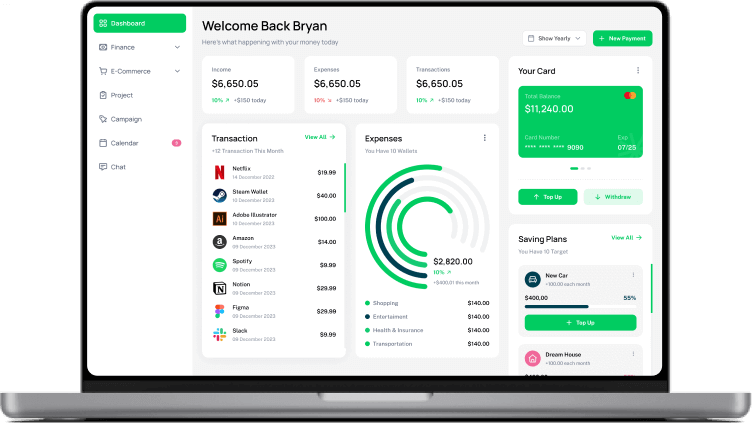Monthly Recurring Revenue (MRR)
Definition: Monthly Recurring Revenue (MRR) is a critical business metric that helps in assessing the predictable and stable stream of revenues that a business expects on a monthly basis from customers subscribed to the business. The SaaS industry mostly uses MRR; it is a monthly income derived from subscriptions.
Detailed Explanation
MRR is a normalized way of measuring predictable revenue, providing companies a vantage point on how much revenue they should expect and enabling them to understand their financial health and growth. It allows a company to look at the income without the fluctuation that comes from one-time charges or variable sales.
The generic formula to calculate MRR is as follows:
MRR = Average Revenue Per User (ARPU) × Total Number of Customers
Where:
- Average Revenue Per User (ARPU) = Average monthly revenue / Total number of subscribed customers.
- Total Customers Count is the measure of active subscribed customers for any given month.
For instance, assuming a SaaS company with 100 customers is paying $50 each per month, the MRR will be $5,000.
MRR further can be classified under a few heads for the business growth and to understand customer behavior:
- New MRR: Revenue from customers who are new during that month.
- Expansion MRR: Incremental revenue from upsells or cross-sells made to existing customers.
- Churn MRR: The monthly recurring revenue that is lost by customers who cancel or downgrade their subscriptions.
- Net New MRR: Represents actual growth in MRR, calculated as (New MRR + Expansion MRR – Churn MRR).
Role in the Sales Process
- Revenue Predictability: MRR provides a predictable stream of revenue, a key point in budgeting, forecasting, and planning for business operations.
- Performance Measurement: MRR allows businesses to monitor how effective their sales and marketing strategies are, hence making informed decisions toward fostering growth.
- Customer Retention Insights: Analyzing how MRR is changing will also help one to look at the trends of customer retention and churn, which guide strategies to improve customer satisfaction and loyalty.
- Investor Attraction: For some investors, a growing and consistent MRR is the key metric to show a business’s potential in the long run.
- Operational Efficiency: A business that knows MRR knows well how to operate by deploying its resources and efforts toward the most profitable and reliable revenue streams.
Real-World Example
For example, a cloud storage firm has multiple subscription plans, ranging between as low as $10 a month up to $100 a month. Going through their MRR, one may discover that New MRR from basic plans is great but Expansion MRR from upgrades is lagging. This would be able to help them shift their focus and promotional energy to try to get more people to upgrade, thus increasing total MRR.
Another example is a fitness app with a subscription model. Let’s say they estimate their MRR is $20,000 based on a calculation of 2000 users paying $10/month, and now they want to increase their Expansion MRR by encouraging more upgrades to the tiered premium feature program they offer while they’re tracking Churn MRR to keep retention high.

